
The one thing 47 RONIN is most known for is not the thing it should be known for.
JoBlo.com was invited to the film’s London set in the beginning of June 2011. To give you some temporal context, that was a week before J.J. Abrams’ SUPER 8 was released. (Hell, Keanu Reeves has starred in, directed and released his own kung-fu movie since then.) Chances are, since that time, all you’ve heard about 47 RONIN is the delayed release date, the ballooning $170 million budget, the reshoots, the editing woes—the kind of “troubled production” gossip the Internet loves.
That’s almost to be expected given what an unusual and risky move this movie represents. We always complain about studios remaking films or taking the lazy way out. There’s nothing lazy here. It’s a big budget 3D samurai fantasy epic based on a story foreign to most non-Japanese audiences. Carl Rinsch, though known for his commercials and short films, had never directed a feature before. And the cast is made up almost entirely of Japanese actors, for many of whom English is a second-language. If anything, 47 RONIN is a fairly ballsy film for Universal. That’s what I took away from it and that’s what I think movie fans should be excited for. No matter how it turns out, this is not going to be your average holiday blockbuster.
And to get your immediate question out of the way, I spotted no signs of trouble during my visit. The scene we saw featured hundreds of extras on a huge set, but Rinsch seemed to be confident and in control. The cast and crew we spoke to were excited and respectful of the director’s vision. Everyone raved about what they’d accomplished so far. Granted, no one’s going to air out their baggage for visiting press (unless you’re James Woods), but it’s not difficult to read between the lines in most cases. Here, there didn’t seem to be any truth to the rumors, aside from Rinsch admitting they were a bit behind schedule. (“Scorsese was three weeks behind after his first week. James Cameron was three weeks behind after his second week, so we’re doing really, really well.”)

“They’re taking risks. Did you see what’s going on out there?” –Keanu Reeves
WHAT IT’S ABOUT
47 RONIN is based on a real, historical Japanese event where a group of samurai famously took revenge for the murder of their master in order to restore honor to their clan. You can actually still go and visit the original site near Tokyo. It’s one of the country’s most iconic legends, and even has its own storytelling genre called Chūshingura. Each year new Chūshinguras are produced in a variety of styles and mediums—from popular films to television soap operas to theatrical puppet shows. There’s even a Hello Kitty version. Rinsch’s take, on the other hand, keeps the samurai tradition and period setting, but blends it with a mystical action-adventure. The director worked with writers Chris Morgan (FAST AND FURIOUS) and Hossein Amini (DRIVE) to create a script that balanced cultural accuracy and an epic fantasy full of mythic beasts and shape-shifting witchcraft.
After we arrived at the 47 RONIN production offices, producer Pam Abdy gave us a rundown of the plot:
47 RONIN opens in a forest, where a young boy collapses in to a river. A group of nearby samurai led by Lord Asano comes upon the child and, despite hesitation from Asano’s second-in-command Oishi (Hiro Sanada), they rescue him. The boy, Kai, grows up in their home of Ako, creating weapons, working as a tracker and growing close to Lord Asano’s daughter, Princess Mika. However, the samurai remain distrustful of him due to his being a “half breed” of unknown origin and continually treat him like an outsider. Cut ahead years later to an adult Kai (Keanu Reeves), who’s helping the samurai hunt down a giant horned beast called a Kirin. He manages to take down the mythical creature and also save the life of one of the samurai. Realizing they underestimated him, Oishi and the rest of the group begin to respect Kai as one of their own.

“The myth and the fantasy of Japan has more characters in it than Marvel could ever have in their entire menagerie. This is an opportunity to do something totally, totally different.” –Carl Rinsch
Soon all the various clans arrive in Ako for a tournament honoring their leader, the Shogun (MORTAL KOMBAT’s Cary-Hiroyuki Tagawa). Among them is the evil Lord Kira, who has plans to kill Lord Asano and take over the more prosperous Ako for himself. He sends the shapeshifting witch Mizuki (Rinko Kikuchi) to cast a spell on Asano that makes him attack Kira, unarmed and unprovoked. This highly dishonorable act forces the Shogun to sentence Asano to death by seppuku (ritual suicide).
The Shogun appoints Kira as the leader of Ako and also gives Princess Mika one year to mourn her father before she must marry her new lord. Furthermore, all of Asano’s men are now ronin—masterless samurai. They’re all split up, but Kai is sold to the seedy Dutch Islands to work as a slave fighter. Oishi, himself about to be sent away, tells his son to gather the men and find the half-breed so they can have their revenge on Kira.
That’s just the first act. Beyond this setup, there are plenty of fights and action set pieces of various styles and size. You get more about Kai’s past and the samurai way of life. There are even giant dragons, demon-bird monks and a seven-foot tall “Lovecraftian warrior.”

“It’s a very special movie for me. Not only a samurai movie. Not only a Hollywood fantasy. It has a special mixture of Japanese traditional culture and Western culture.” –Hiro Sanada
WHAT WE SAW
The first taste we got of 47 RONIN was some pre-production art and designs. Visually, Rinsch was inspired by the classical paintings of Hokusai, mixed with the color and texture of Miyazaki films like PRINCESS MONONOKE. The result looked to be a vivid and striking palette, with the thematic use of color reminiscent of Zhang Yimou’s HERO. Each clan was represented by a different tonal shade: the heroic Asano was red, the villainous Kira dark purple, the noble Shogun gold, etc.
The other thing that caught my eye was the creature designs. As the first western version of the story, the producers wanted to “create a whole new world of Japan” along the lines of LORD OF THE RINGS and STAR WARS. With that came an “untapped world of creatures:” There was the aforementioned Kirin, a huge buffalo-looking monster with ram horns, covered in stone and moss to blend in to the forest. We saw a thin, horse-like dragon, which the first trailer revealed to be one of the witch’s shifting shapes. The Tengu warriors are ethereal snake-bird hybrids, sort of what Voldemort would look like if he was a practicing Buddhist. And the traditional Japanese Oni, which Kai is forced to fight, has been turned in to a brutish ogre, the monster the entire cast and crew lovingly dubbed “Lovecraftian.”
Next, we were taken outside to actually see some filming. After five weeks of shooting interiors in Budapest, the production moved to London for the outdoor scenes, where huge sets had been constructed at Shepperton Studios. We walked past massive gardens and temples on our way to Asano’s Ako castle, before finally stepping through a full-size Japanese gate. This was no ordinary movie set. Production designer Jan Roelfs and his team had built an entire feudal compound, complete with multiple period structures, life-size cherry blossom tress and a great wall surrounding the entire thing. There were some blue screen elements here and there for extension purposes, but it was entirely a practical creation.

“I always talk about it as a story of revenge and impossible love. And for drama, that’s good stuff. Sucks in life, but in a movie… that’s good stuff.” –Keanu Reeves
The scene itself takes place just after Asano’s death, as the samurai surrender to the Shogun and officially become Ronin. There wasn’t much going on in terms of dialogue or action; Princess Mika, who just lost her father and Kai, goes to speak with the Shogun and Kira and learns her betrothed fate. That may sound simple, but it wasn’t. The shot required over a hundred costumed extras, including armies for the Shogun and Kira, as well as Hiro Sanada and the title samurai. Even the Shogun’s dogs and horses wore Japanese warrior garb. (Keeping the animals still and in “character” seemed to be one of the more difficult parts of the shoot.) There was a clear sense of class distinction based on demeanor and costumes, meaning the samurai extras all had to kneel the proper way, with Rinsch and his team going row by row to make sure it looked right.
The entire sequence was massive in scope yet meticulous attention to detail was paid for the smallest components. The color contrast, from the vibrant wardrobe to the perfect blue background sky (which truly looked like a matte painting on the monitor), was striking on camera. Altogether, it made for a gorgeous composition, not too dissimilar from the paintings that inspired Rinsch. One of the producers referred to the director as “a world creator” and we definitely saw evidence of that.
We also briefly spoke with stereographer Demitri Portelli, who was in charge of 47 RONIN’s 3D and on-site conversion. Portelli has done 3D work for Martin Scorsese’s HUGO and James Cameron’s AVATAR and said the use of the extra dimension on this film felt equally “natural” given the film’s visual style and effects. With the click of a button he was able to instantly change the depth on the raw playback, adjusting the level of 3D for the final picture. After Rinsch was satisfied with the composition, Portelli could save it instantly on set without any further work in post.
To wrap up the day, Universal showed us a sizzle reel of roughly edited footage from the interior shoots in Budapest. Most of the highlights have since made their way in to the trailers, but I will say some of the fights and action scenes were exciting even without any of the digital wizardry. Hopefully they’ve only improved in the two years since.

“You have to play with it like music. I can’t watch a bunch of action.
I fell asleep in the second TRANSFORMERS.” –Carl Rinsch
OTHER COOL STUFF
- Rinsch wanted the actors to speak in their native tongue, so at least parts of the movie will be in Japanese. (Reeves is also having to learn the language.) For the English speaking sections, the actors do a take in Japanese first in order to get the rhythm and emotion of the line, and then try it in English. So theoretically they could release a version of the film that’s entirely in Japanese.
- The Tengu warriors—the most “fantastical” part of the film—are based on mythological monks who, according to legend, drank alcohol and trained all day, avoiding the outside sun until they resembled bird-like creatures that could move at the speed of thought. Their facial effects are prosthetic while their movements will be enhanced with CGI.
- The guy seen in the poster and trailer covered in tattoos is not a fake. That’s Rick Genest aka Zombie Boy and that’s real ink.

“Our version of the story is going to be a samurai fantasy epic… It’s Kurosawa on meth.” –Carl Rinsch
- Producer Apdy’s favorite set is the “island” that Kai is sold to, which is actually just a “flotilla of boats” at sea, based on the real-life Dejima Island. She called it a “labyrinth of planks” where things not allowed on Japanese soil—from gambling to prostitution—take place.
- The “Lovecraftian warrior” Kai fights is played by a real 7′ 7″ man named Neil. The producer called him “the biggest man I’ve ever seen.”
- The character of Kai is not in the original legend, but even the Japanese cast say it’s nice to have a new element in a story they’ve heard literally a thousand times before. When asked if it was a studio concession to have at least one American star in the film, the producer just said, “Keanu is beyond perfect for the part.”
Stay tuned throughout the week for more from the set of 47 RONIN, including chats with director Carl Rinsch about his fantastical universe and Keanu Reeves on his return to action movies!


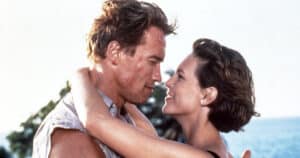
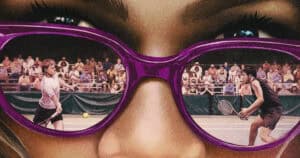
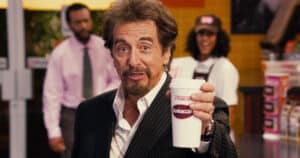
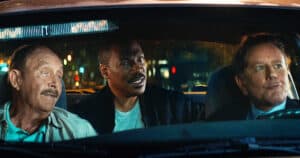
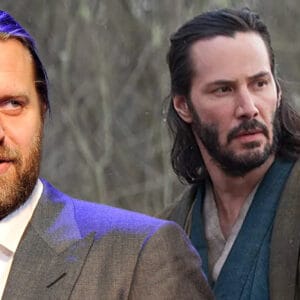
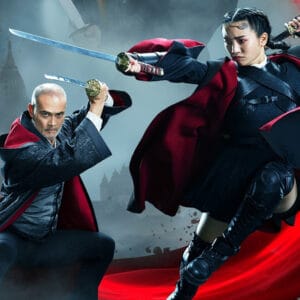
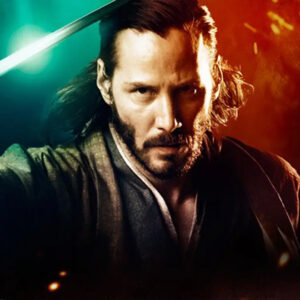
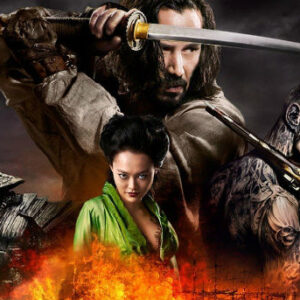

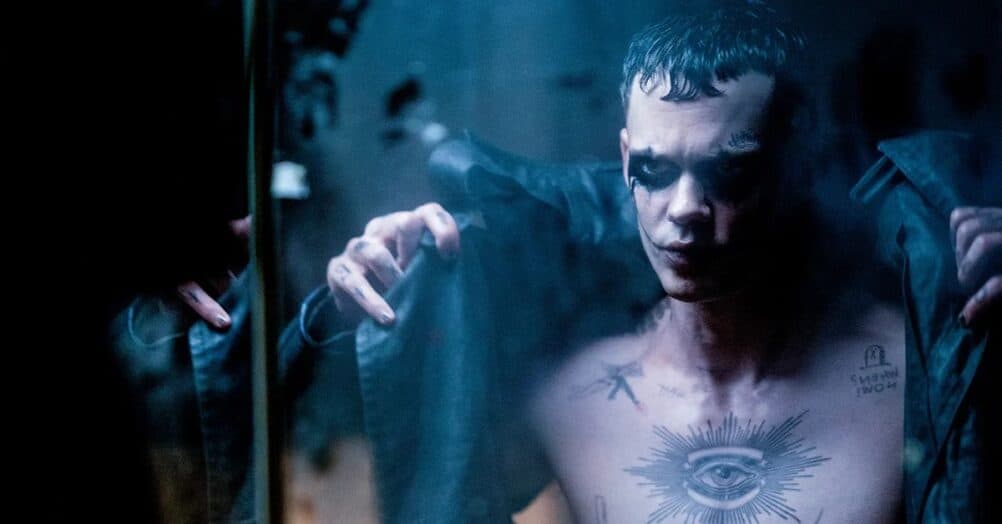
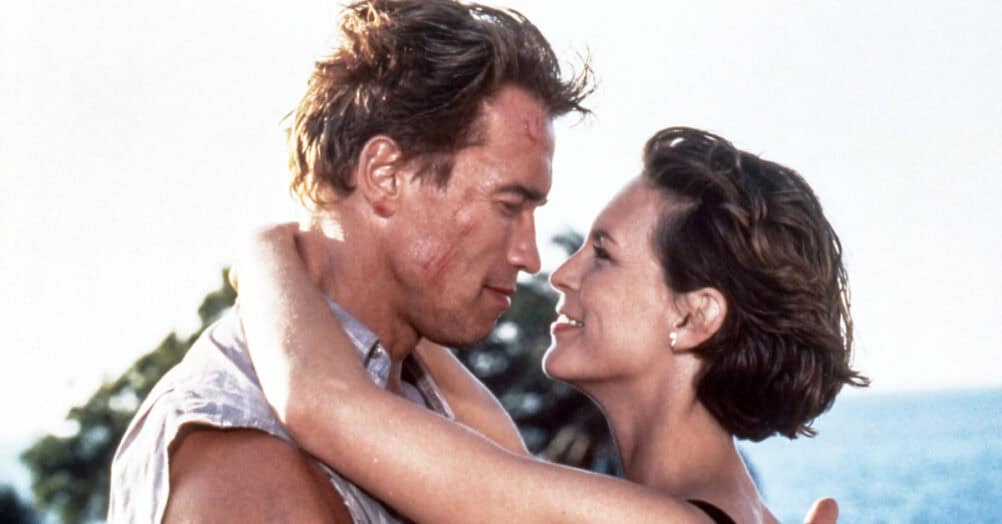
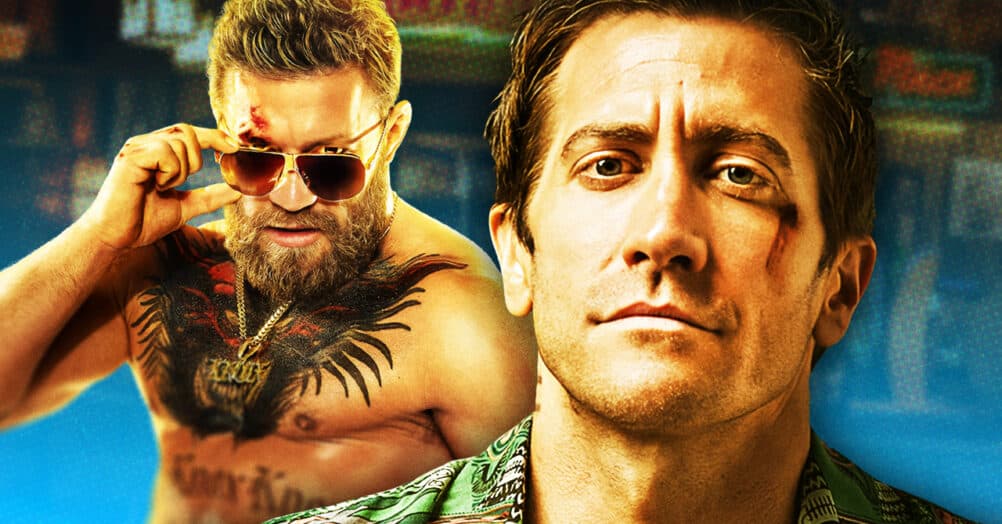
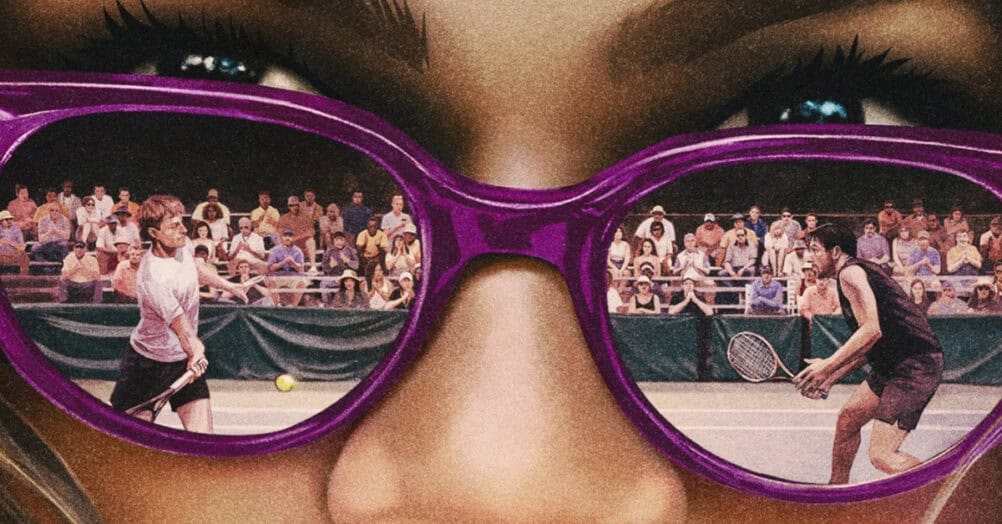
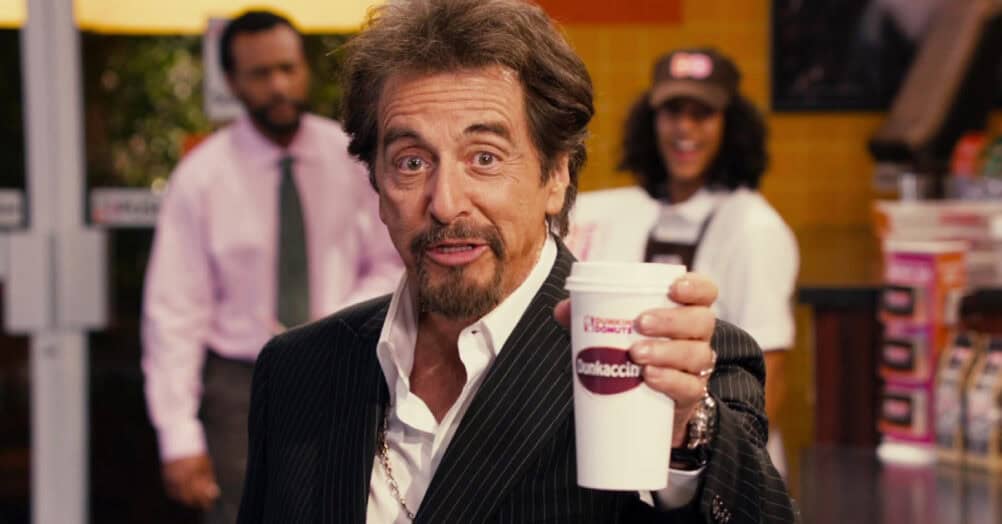
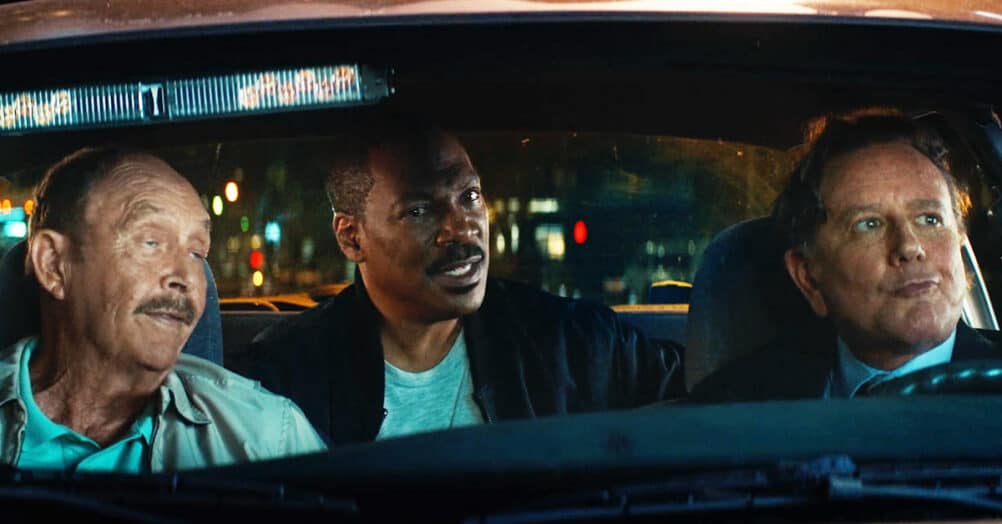
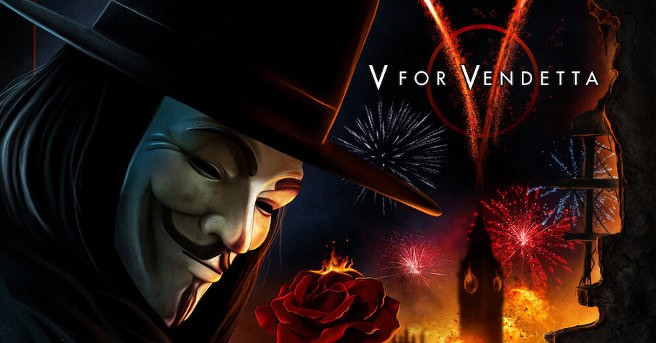
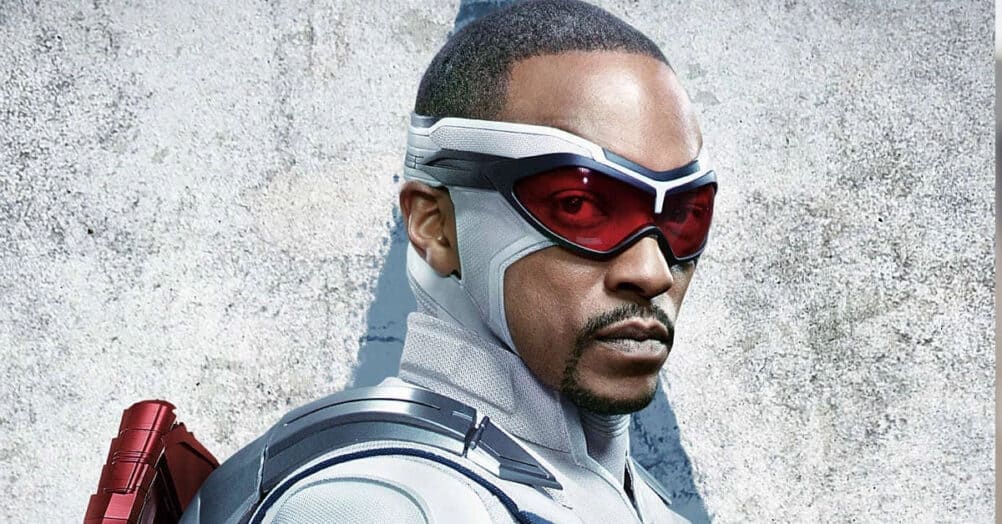
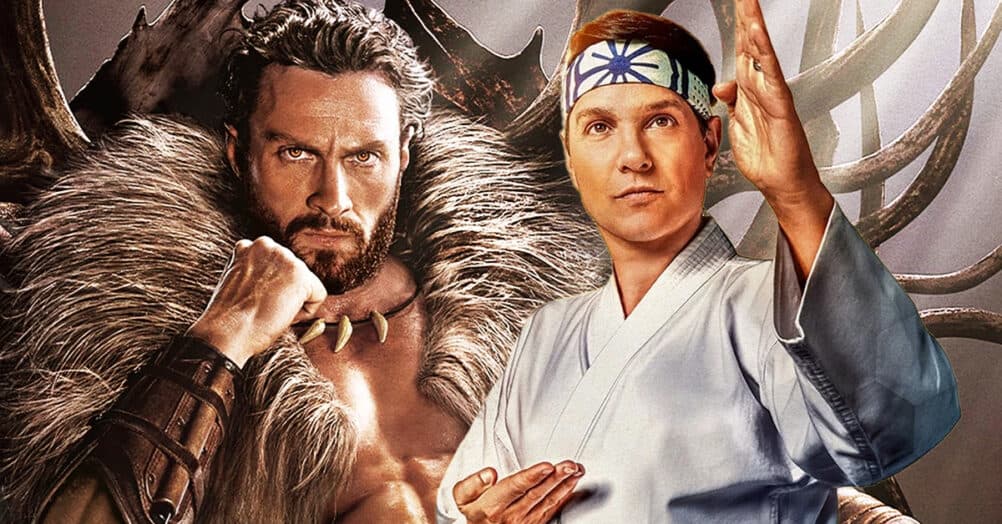
Follow the JOBLO MOVIE NETWORK
Follow us on YOUTUBE
Follow ARROW IN THE HEAD
Follow AITH on YOUTUBE